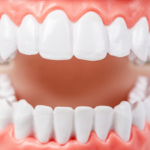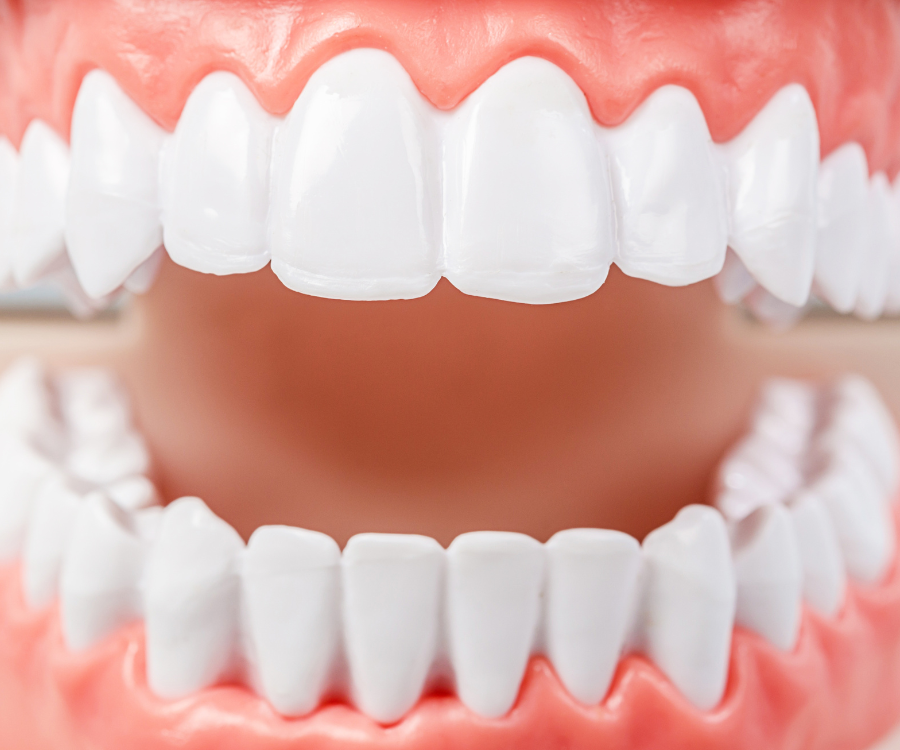The End of Fillings? How Regenerative Dentistry is Reshaping the Future of Tooth Repair
Imagine a world where a damaged tooth doesn’t need a drill, a filling, or a synthetic crown. Instead, it heals itself naturally, regenerating its own lost tissue. This isn’t science fiction anymore—it’s the groundbreaking promise of Regenerative Dentistry.
For decades, the standard for dental repair has been the “restorative” approach: remove the decay and replace it with a foreign material like amalgam or composite. Regenerative dentistry, however, represents a fundamental shift. It focuses on harnessing the body’s innate healing power to truly regrow the original structures. This revolutionary field is poised to change everything we know about tooth repair.
What Exactly is Regenerative Dentistry?
At its core, regenerative dentistry is an interdisciplinary field that applies the principles of tissue engineering and molecular biology to dental problems. Its goal is to encourage biological processes that restore or replace damaged dental tissues, including dentin, pulp, and periodontal structures.
This revolutionary process relies on a powerful trio of components:
- Stem Cells: These are the body’s ‘master cells,’ capable of transforming into different specialized cells—like the odontoblasts that form dentin. Dental Stem Cells are often sourced from dental pulp or even extracted wisdom teeth.
- Scaffolds (Biomaterials): These are temporary, biocompatible frameworks (like hydrogels) placed in the damaged area. They act as a guide and support structure for the new cells to grow and organize themselves into functional tissue.
- Growth Factors: These are natural proteins that act as molecular ‘signalers,’ telling the stem cells exactly what kind of tissue to become and accelerating the natural healing process.
Breakthroughs Happening Now: Regenerating the “Living” Tooth
The most immediate and exciting applications of this technology are in the heart of the tooth: the dental pulp.
1. Regenerative Endodontics: The Root Canal Alternative
For a tooth with deep decay or trauma, the traditional solution is a root canal, where the infected pulp (nerve tissue) is completely removed and replaced with inert filling material. While effective, the tooth is no longer “alive” and becomes brittle.
Regenerative Endodontics offers a paradigm shift:
- Goal: Instead of removal, the goal is to regenerate new, healthy pulp tissue, restoring the tooth’s vitality, immune defense, and sensory functions.
- The Procedure: In cases of immature or partially damaged teeth, dentists can disinfect the area and place a material that encourages the body’s own stem cells to migrate, forming a new pulp-dentin complex. This process, often called Revascularization, can even allow the root to continue developing and strengthening.
2. Healing Cavities with Biologic Fillings
What if a small cavity didn’t require a drill and a filling? Research is showing that certain biomaterials can be placed over or near exposed pulp to stimulate the natural regeneration of dentin—the hard, structural layer of the tooth. This means the tooth essentially repairs the damage with its own tissue, a true biological solution that preserves maximum natural structure.
The Ultimate Dream: Regrowing a Whole New Tooth
The true “Holy Grail” of regenerative dentistry is the ability to fully regrow an entire, functional tooth to replace one that is lost. While this remains in the experimental stage, the progress is astonishing:
- Bioengineered Tooth Buds: Scientists are successfully creating small “tooth buds” in the lab using stem cells. Once implanted into the jaw, these buds can potentially mature into a full, living tooth, complete with roots, nerves, and periodontal ligament.
- Gene Therapy: In a remarkable development, researchers in Japan are moving toward clinical trials for a medicine that targets a specific protein that suppresses tooth growth. By inhibiting this protein, the treatment aims to stimulate the body to grow a replacement tooth naturally.
Why This Matters for You (and Your Teeth)
The adoption of regenerative techniques promises a future of dental care that is:
- More Natural: Repairs are made with your own biological tissue, leading to stronger, more resilient, and truly “alive” teeth.
- Less Invasive: Reducing the need for major surgeries, extractions, or extensive drilling.
- Longer-Lasting: Natural tissue integrates perfectly with your body, offering a potentially more permanent solution than many synthetic replacements.
The world of dentistry is moving away from simply restoring damage to actively regenerating health. While full tooth regrowth is still on the horizon, treatments using dental stem cells and advanced biomaterials are already beginning to transform how we approach future tooth repair.








